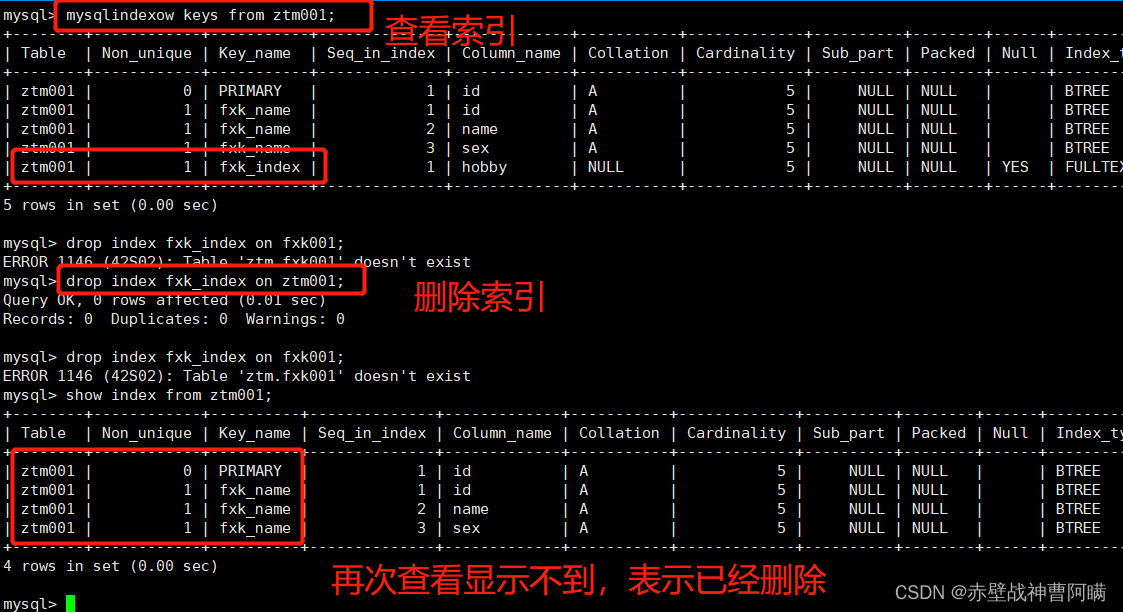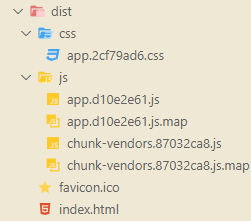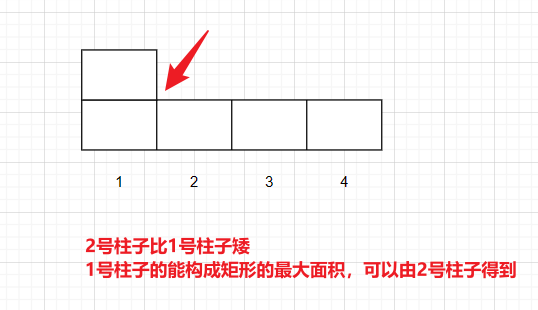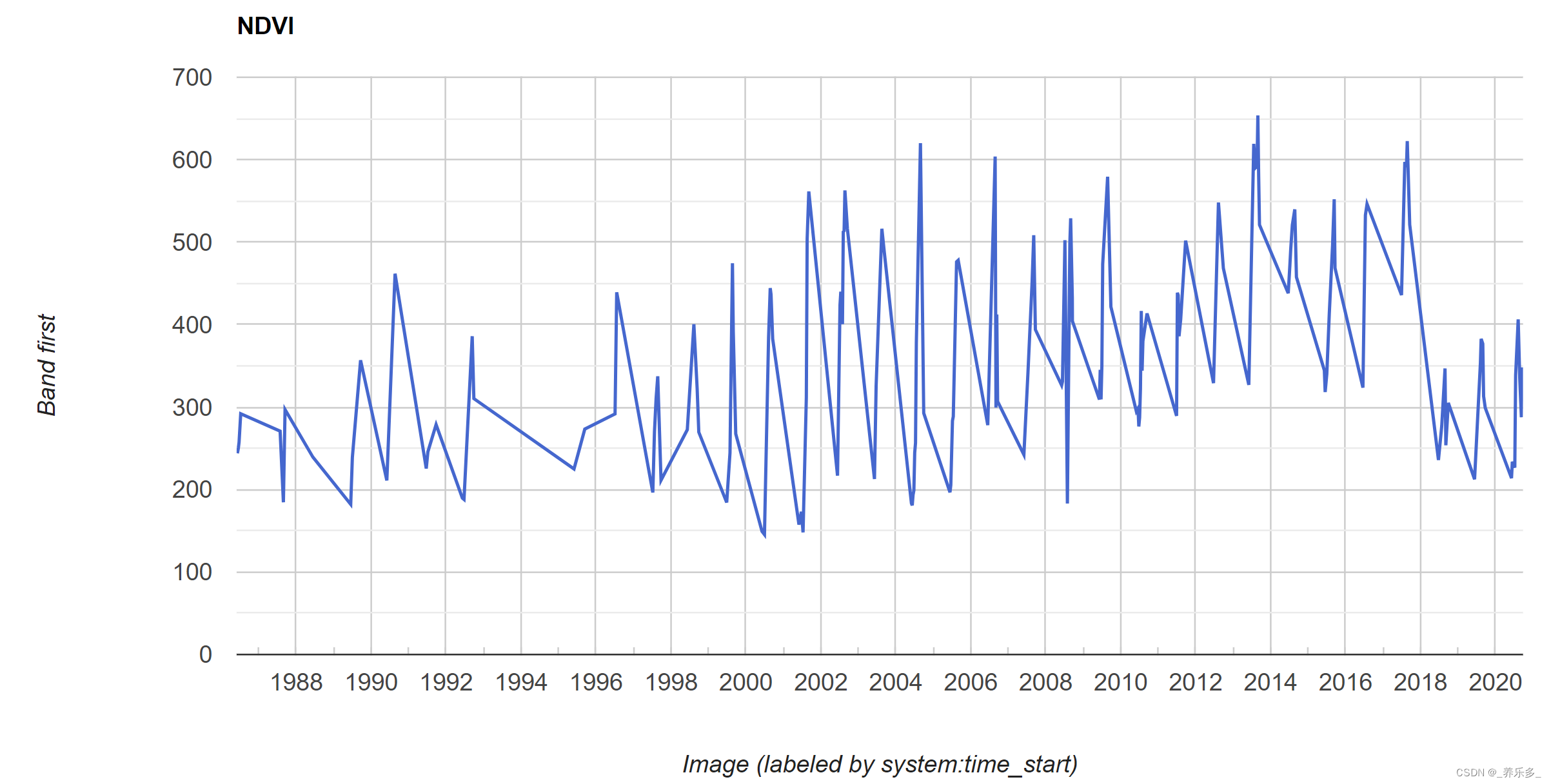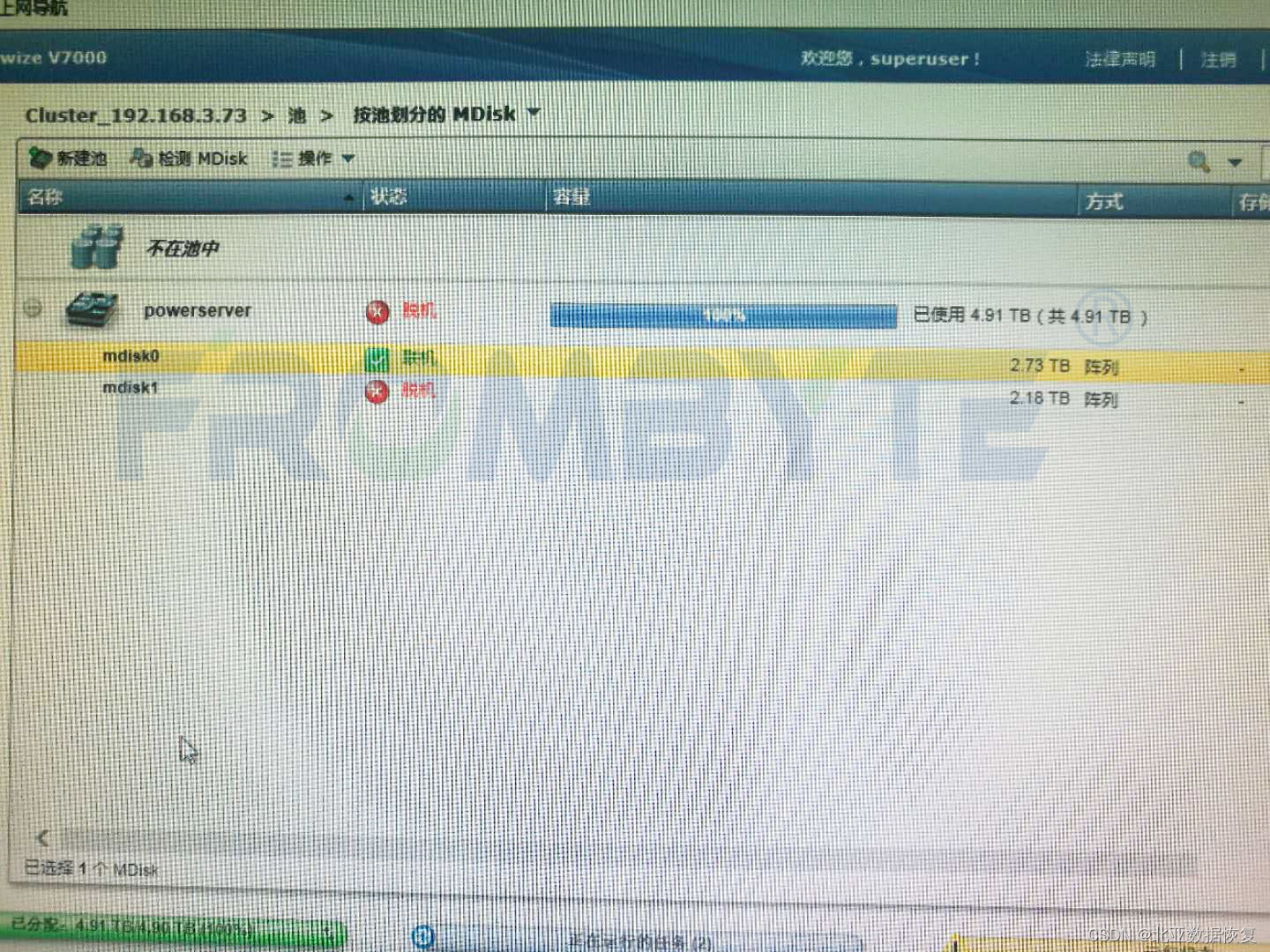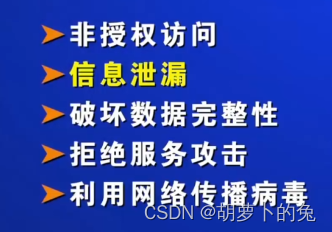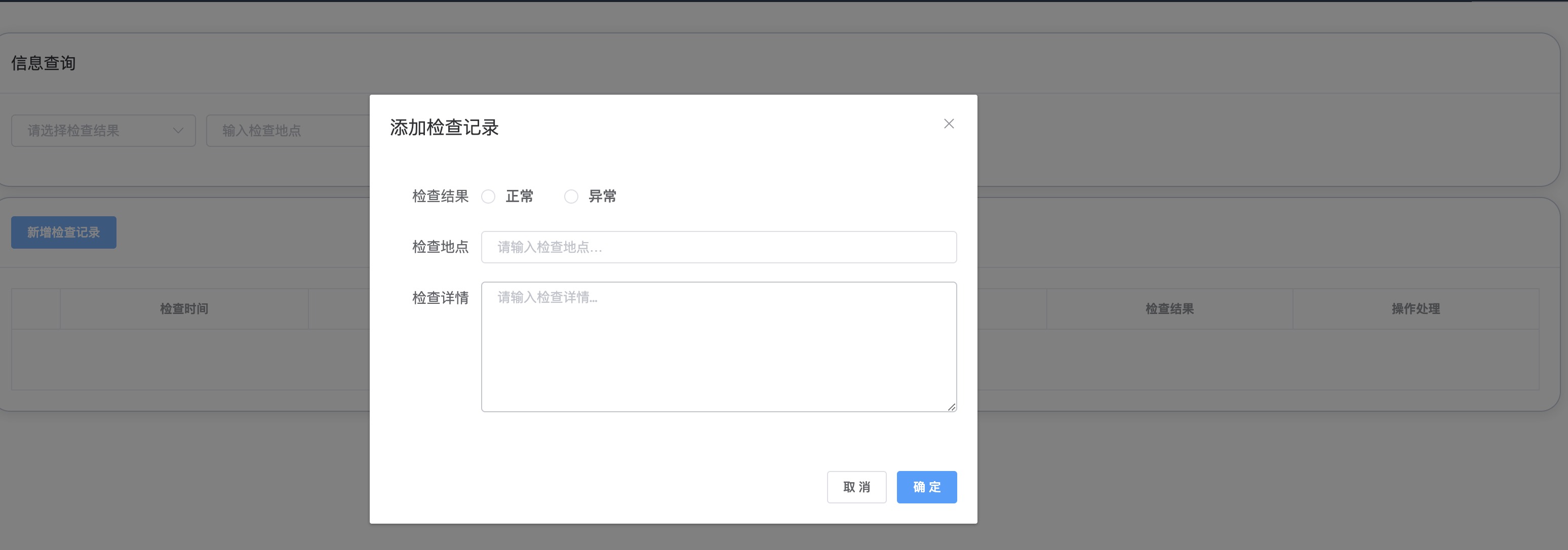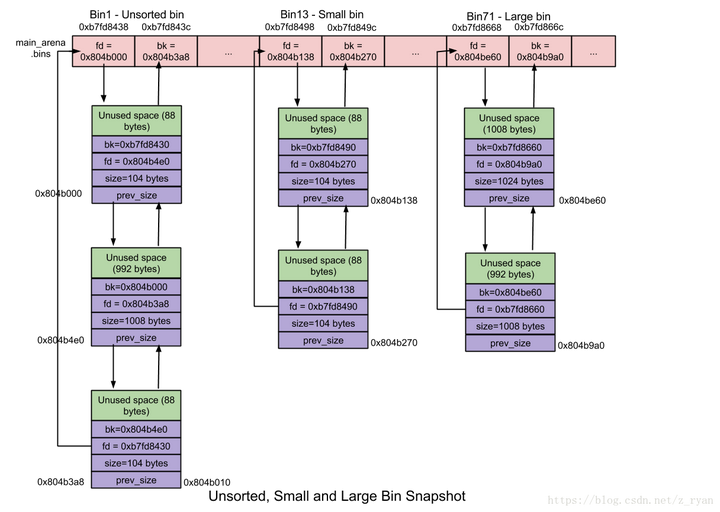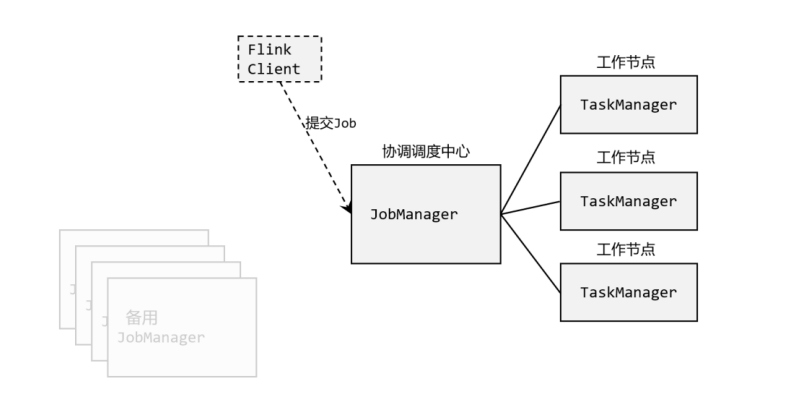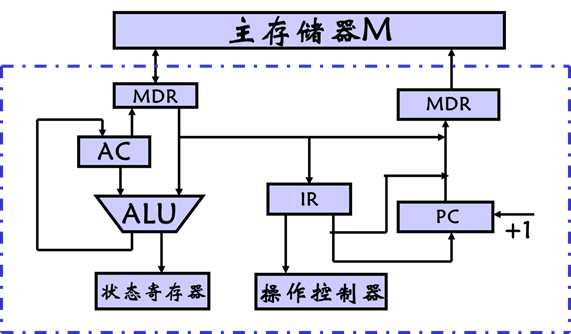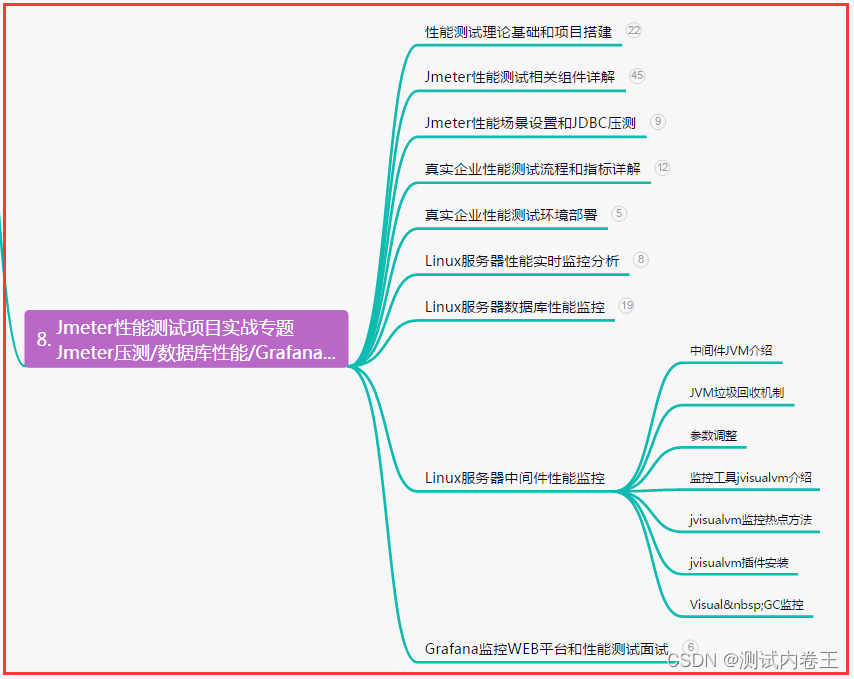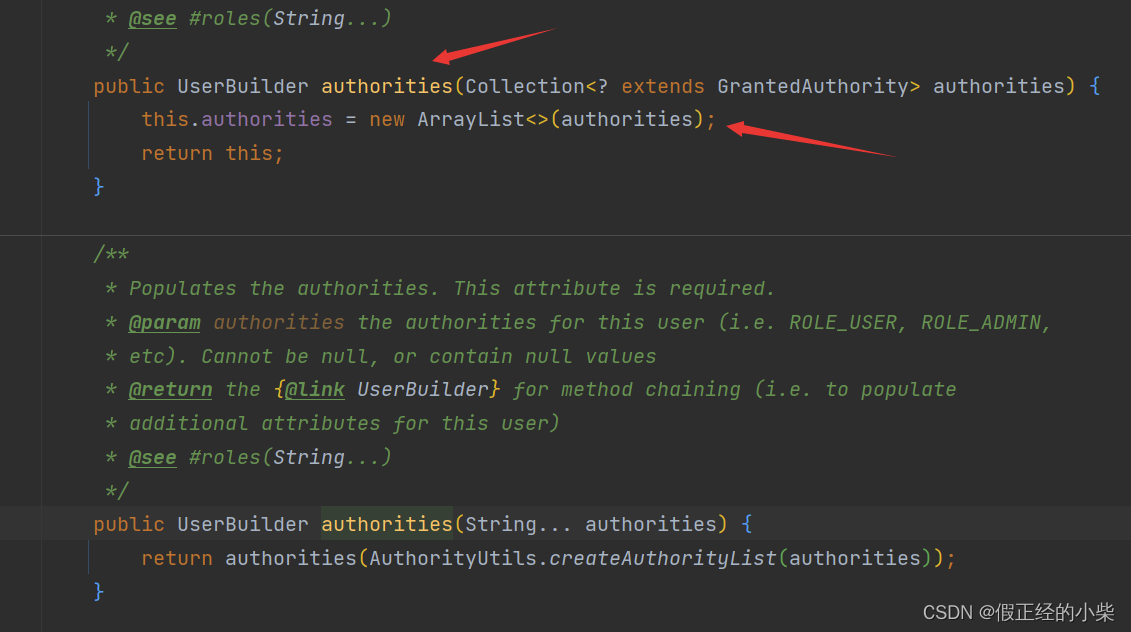文章目录
- 前言
- 一、生产者消费者模型
- 1.生产消费
- 2.生产消费关系
- 321原则
- 生产消费模型的特点
- 二、基于阻塞队列(blockqueue)的生产消费模型
- 1.概念
- 2.单生产单消费模型
- 代码
- 运行
- 分析
- 两种情况导致的现象
- 生产者生产的慢,消费者消费的快
- 生产者生产的快,消费者消费的慢
- 三、实例——计算任务Task
- 总结
前言
本文介绍了生产者消费者模型的概念以及单生产单消费的例子(含代码和运行结果分析)。
一、生产者消费者模型
1.生产消费
引入:
举个例子,我们想买个生活用品,但是没有交易场所的话,我们就只能直接去供货商那里去买。我们每人每次买一两件,对于供货商来说,为了这一两件商品去开启厂子里的机器进行生产,是很亏本的事情。因此,有了交易场所——超市等存在,它们作为交易商品的媒介,工作就是集中需求,分发产品。
消费者和生产者之间通过超市进行交易。当消费者没有消费的同时,生产者也可以继续生产;当消费者过来消费的同时,生产者也可以停止生产(例子:周内生产者上班生产商品,学生上学不来超市购买商品;周末生产者放假休息,不进行生产工作,学生过来超市购买商品)。由此,生产和消费这两件事就可以解耦了,我们把临时保存产品的场所称为缓冲区。
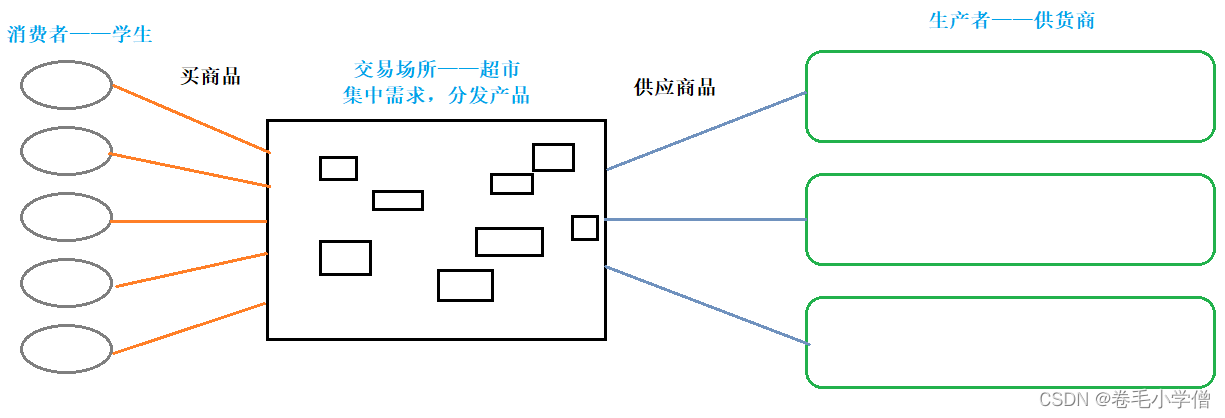
2.生产消费关系
首先,生产和消费都要看到同一块资源——“超市”,因此“超市”必须是一个共享资源。既然是共享资源,又被两个线程(生产和消费)并发访问,那么该共享资源需要被保护起来。
321原则
- 三种关系:生产者和消费者互斥,消费者和消费者互斥,生产者和消费者同步。互斥是为了保证共享资源的安全性,同步是为了提高访问效率。
- 两种角色:生产者线程,消费者线程;
- 一个场所:一段特定结果的缓冲区。
想写生产消费模型,本质就是维护321原则。
生产消费模型的特点
- 生产线程和消费线程要进行解耦;
- 支持生产和消费可能有一段时间的忙闲不均问题(因此,缓冲区要有足够的空间,提前预存数据);
- 生产者专注生产,消费者专注消费(互相不影响),从而提高效率。
- 特殊的,“超市”缓冲区满了,生产者线程只能进行阻塞(等待),等待消费者消费数据;“超市”缓冲区空了,消费者线程只能进行阻塞(等待),等待生产者生产数据。
二、基于阻塞队列(blockqueue)的生产消费模型
1.概念
阻塞队列:blockqueue,是一种常用于实现生产者和消费者模型的数据结构。
阻塞队列为空时,从阻塞队列中获取元素的线程将被阻塞,直到阻塞队列被放入元素;
阻塞队列已满时,往阻塞队列中放置元素的线程将被阻塞,直到阻塞队列有元素被取出。

2.单生产单消费模型
代码
本例子让生产者线程生产随机数,消费者消费生产出的数字。
文件BlockQueue.hpp
1 #include<iostream>
2 using namespace std;
3 #include<pthread.h>
4 #include<time.h>
5 #include<queue>
6 const int gmaxcap = 5;
7 template<class T>
8 class BlockQueue
9 {
10 public:
11 BlockQueue(const int& maxcap = gmaxcap)
12 :_maxcap(maxcap)
13 {
14 pthread_mutex_init(&_mutex, nullptr);
15 pthread_cond_init(&_pcond, nullptr);
16 pthread_cond_init(&_ccond, nullptr);
17 }
18 void push(const T& in)
19 {
20 pthread_mutex_lock(&_mutex);
21 while(is_full())//队列已满
22 {
23 pthread_cond_wait(&_pcond, &_mutex);//生产者线程被阻塞
24 }
25 _q.push(in);
26 pthread_cond_signal(&_ccond);//唤醒消费者线程;它可以放在临界区内部被锁保护,也可以放在临界区外部
27 pthread_mutex_unlock(&_mutex);
28 }
29 void pop(T& out)//out是输出型参数,
30 {
31 pthread_mutex_lock(&_mutex);
32 while(is_empty())//队列已空
33 {
34 pthread_cond_wait(&_ccond, &_mutex);//消费者线程被阻塞
35 }
36 out = _q.front();
37 _q.pop();
38 pthread_cond_signal(&_pcond);//唤醒生产者线程;它可以放在临界区内部被锁保护,也可以放在临界区外部
39 pthread_mutex_unlock(&_mutex);
40 }
41 ~BlockQueue()
42 {
43 pthread_mutex_destroy(&_mutex);
44 pthread_cond_destroy(&_pcond);
45 pthread_cond_destroy(&_ccond);
46 }
47 private:
48 bool is_empty(){return _q.empty();}
49 bool is_full(){return _q.size() == _maxcap;}
50 queue<int> _q;
51 int _maxcap;//队列中元素的上限
52 pthread_mutex_t _mutex;
53 pthread_cond_t _pcond;//生产者条件变量
54 pthread_cond_t _ccond;//消费者条件变量
55 };
文件main.cc
1 #include"BlockQueue.hpp"
2 #include<unistd.h>
3 void* consumer(void* args)
4 {
5 BlockQueue<int>* bq = static_cast<BlockQueue<int>*>(args);
6 while(1)
7 {
8 int data = 0;
9 bq -> pop(data);
10 cout<<"消费数据:"<<data<<endl;
11 sleep(1);
12 }
13 return nullptr;
14 }
15 void* productor(void* args)
16 {
17 BlockQueue<int>* bq = static_cast<BlockQueue<int>*>(args);
18 while(1)
19 {
20 int data = rand()%10 + 1;
21 bq -> push(data);
22 cout<<"生产数据:"<<data<<endl;
23 }
24 return nullptr;
25 }
26 int main()
27 {
28 srand((unsigned int)time(nullptr));
29 BlockQueue<int>* bq = new BlockQueue<int>();
30 pthread_t con, pro;
31 pthread_create(&con, nullptr, consumer, bq);
32 pthread_create(&pro, nullptr, productor, bq);
33 pthread_join(con, nullptr);
34 pthread_join(pro, nullptr);
35 return 0;
36 }
运行

分析
当队列满了以后,生产者就需要进行等待,如果像未满时的那样将锁拿走,那么其它线程就无法访问共享资源了。
因此,pthread_cond_wait函数的第二个参数,是我们正在使用的互斥锁。
pthread_cond_wait函数,以原子性的方式将锁释放,并且把调用自己的线程挂起。同时,当挂起的线程被唤醒时会自动重新获取传入的锁。
pthread_cond_signal:唤醒线程,但是一次只会唤醒一个线程。单生产单消费用signal就可以(生产和消费的都只有一个线程)。
pthread_cond_broadcast:唤醒线程,一次唤醒一批(很多线程),如果使用它唤醒线程,那么就必须用while判断满和空的情况(此时如果用if,就会出现问题,因为这一批线程都会生产/消费,但是同一时间消费/生产的只有一个,也就是同一时间只会消费/生产一个数据,用if判断的话push时就会出现问题)。
两种情况导致的现象
生产者生产的慢,消费者消费的快
表现出来的现象:生产一个消费一个,而且消费额的都是最新生产的数据。
生产者线程:生产一个数据sleep(2);

生产者生产的快,消费者消费的慢
稳定后表现出来的现象:消费一个生产一个。
消费者线程:消费一个数据sleep(3);
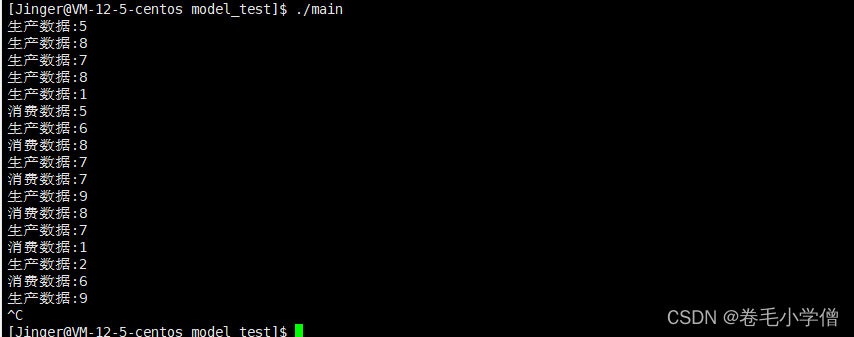
刚开始,一瞬间就将队列生产满了,然后进入消费一个生产一个的情况。
三、实例——计算任务Task
文件Task.hpp
1 #pragma once
2 #include<iostream>
3 using namespace std;
4 #include<functional>
5 #include<stdio.h>
6 class Task
7 {
8 using func_t = function<int(int, int, char)>;
9 public:
10 Task(){}
11 Task(int x, int y, char op, func_t func)
12 :_x(x),
13 _y(y),
14 _op(op),
15 _callback(func)
16 {}
17 string operator()()
18 {
19 int result = _callback(_x, _y, _op);
20 char buffer[1024];
21 snprintf(buffer, sizeof buffer, "%d %c %d = %d", _x, _op, _y, result);
22 return buffer;
23 }
24 string toTaskString()
25 {
26 char buffer[1024];
27 snprintf(buffer, sizeof buffer, "%d %c %d = ?", _x, _op, _y);
28 return buffer;
29 }
30 private:
31 int _x, _y;
32 char _op;
33 func_t _callback;//回调函数
34 };
文件BlockQueue.hpp
1 #pragma once
2 #include<iostream>
3 using namespace std;
4 #include<pthread.h>
5 #include<time.h>
6 #include<queue>
7 const int gmaxcap = 5;
8 template<class T>
9 class BlockQueue
10 {
11 public:
12 BlockQueue(const int& maxcap = gmaxcap)
13 :_maxcap(maxcap)
14 {
15 pthread_mutex_init(&_mutex, nullptr);
16 pthread_cond_init(&_pcond, nullptr);
17 pthread_cond_init(&_ccond, nullptr);
18 }
19 void push(const T& in)
20 {
21 pthread_mutex_lock(&_mutex);
22 while(is_full())//队列已满
23 {
24 pthread_cond_wait(&_pcond, &_mutex);//生产者线程被阻塞
25 }
26 _q.push(in);
27 pthread_cond_signal(&_ccond);//唤醒消费者线程;它可以放在临界区内部被锁保护,也可以放在临界区外部
28 pthread_mutex_unlock(&_mutex);
29 }
30 void pop(T* out)//out是输出型参数,
31 {
32 pthread_mutex_lock(&_mutex);
33 while(is_empty())//队列已空
34 {
35 pthread_cond_wait(&_ccond, &_mutex);//消费者线程被阻塞
36 }
37 *out = _q.front();
38 _q.pop();
39 pthread_cond_signal(&_pcond);//唤醒生产者线程;它可以放在临界区内部被锁保护,也可以放在临界区外部
40 pthread_mutex_unlock(&_mutex);
41 }
42 ~BlockQueue()
43 {
44 pthread_mutex_destroy(&_mutex);
45 pthread_cond_destroy(&_pcond);
46 pthread_cond_destroy(&_ccond);
47 }
48 private:
49 bool is_empty(){return _q.empty();}
50 bool is_full(){return _q.size() == _maxcap;}
51 queue<T> _q;
52 int _maxcap;//队列中元素的上限
53 pthread_mutex_t _mutex;
54 pthread_cond_t _pcond;//生产者条件变量
55 pthread_cond_t _ccond;//消费者条件变量
56 };
文件test.cc
#include<time.h>
2 #include<sys/types.h>
3 #include<unistd.h>
4 #include"BlockQueue.hpp"
5 #include"Task.hpp"
6 string oper = "+-*/%";
7 int task(int x, int y, char op)
8 {
9 int result = 0;
10 switch(op)
11 {
12 case'+':
13 result = x + y;
14 break;
15 case'-':
16 result = x - y;
17 break;
18 case'*':
19 result = x * y;
20 break;
21 case'/':
22 {
23 if(y == 0)
24 {
25 cerr<<"div zero error!"<<endl;
26 result = -1;
27 }
28 else
29 result = x / y;
30 }
31 break;
32 case'%':
33 {
34 if(y == 0)
35 {
36 cerr<<"mod zero error!"<<endl;
37 result = -1;
38 }
39 else
40 result = x % y;
41 }
42 break;
43 default:
44 break;
45 }
46 return result;
47 }
48 void* consumer(void* args)
49 {
50 BlockQueue<Task>* bq = static_cast<BlockQueue<Task>*>(args);
51 while(1)
52 {
53 Task t;
54 bq -> pop(&t);
55 cout<<"消费任务:"<<t()<<endl;
56 }
57 return nullptr;
58 }
59 void* productor(void* args)
60 {
61 BlockQueue<Task>* bq = static_cast<BlockQueue<Task>*>(args);
62 while(1)
63 {
64 int x = rand() % 100 + 1;
65 int y = rand()%10;
66 int opcode = rand()% oper.size();
67 Task t(x, y, oper[opcode], task);
68 bq -> push(t);
69 cout<<"生产任务:"<<t.toTaskString()<<endl;
70 sleep(1);
71 }
72 return nullptr;
73 }
74 int main()
75 {
76 srand((unsigned int)time(nullptr));
77 BlockQueue<Task>* bq = new BlockQueue<Task>();
78 pthread_t con, pro;
79 pthread_create(&con, nullptr, consumer, bq);
80 pthread_create(&pro, nullptr, productor, bq);
81 pthread_join(con, nullptr);
81 pthread_join(con, nullptr);
82 pthread_join(pro, nullptr);
83 return 0;
84 }
运行:

总结
以上就是今天要讲的内容,本文介绍了Linux多线程中生产消费模型的相关概念。本文作者目前也是正在学习Linux相关的知识,如果文章中的内容有错误或者不严谨的部分,欢迎大家在评论区指出,也欢迎大家在评论区提问、交流。
最后,如果本篇文章对你有所启发的话,希望可以多多支持作者,谢谢大家!

